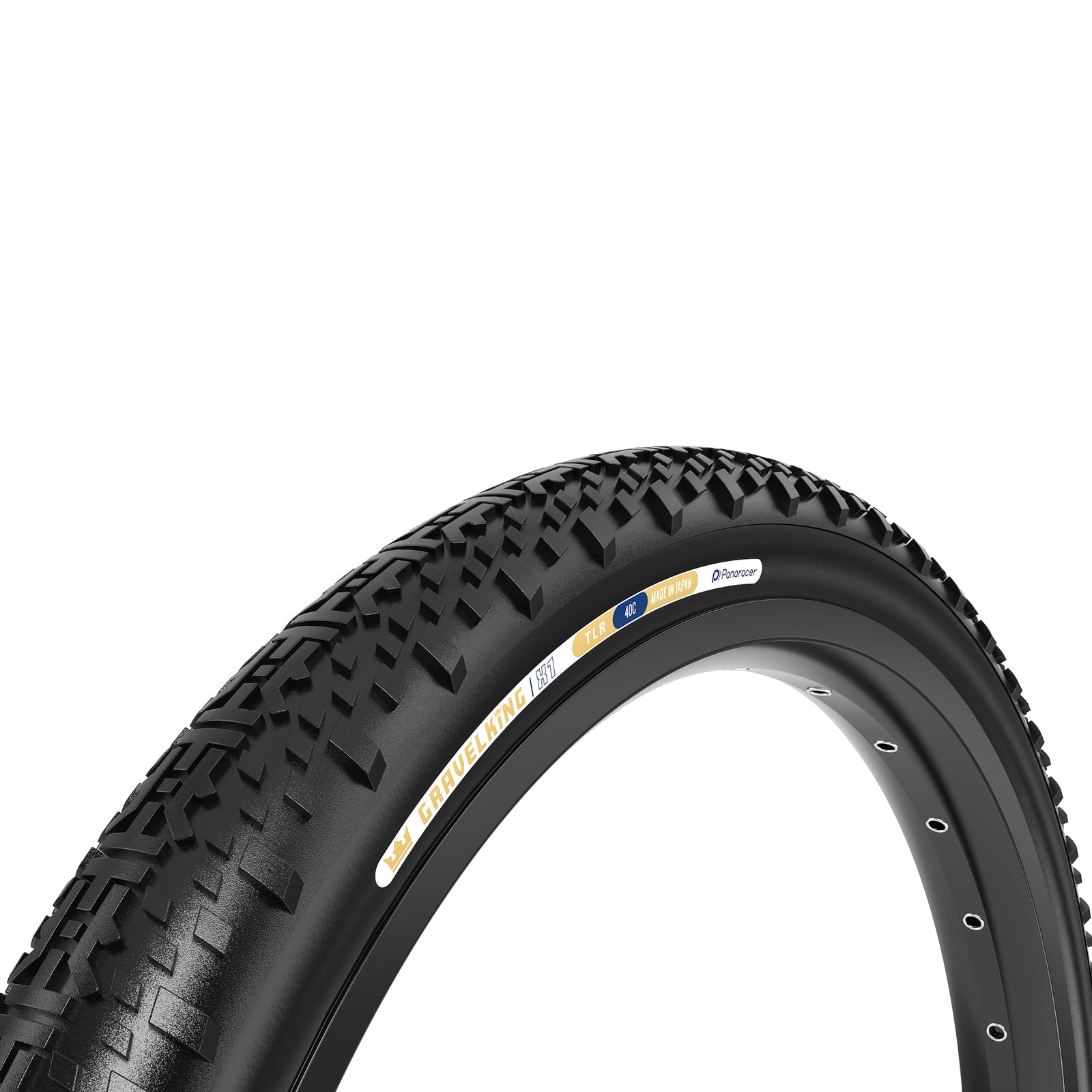The main difference between clincher and tubeless tires is how the air inside the tire is contained. Each type of tire requires a dedicated rim design.
- Clincher tires use an inner tube to keep air inside the tire.
- Tubeless tires use a tubeless specific tape on the rim bed to create an airtight seal with the tire without the use of a tube.
Each type of tire requires a dedicated rim design to work properly. For example, a clincher tire cannot be mounted on a tubeless rim without an inner tube. Conversely, a tubeless tire cannot be mounted on a clincher rim without an inner tube.
Tubeless tires offer lower rolling resistance and allow for lower air pressure, which can improve pedaling and acceleration. They also have improved puncture resistance, utilizing sealant to fill any holes. Clincher tires are often easier to install and can be a more economical option.
Due to the added lining needed to provide an airtight seal, tubeless tires themselves are generally heavier than clincher tires. However, the additional weight of the innertube needed in clincher tires offsets the weight difference in the tire types resulting in a similar tire weight between the two.
